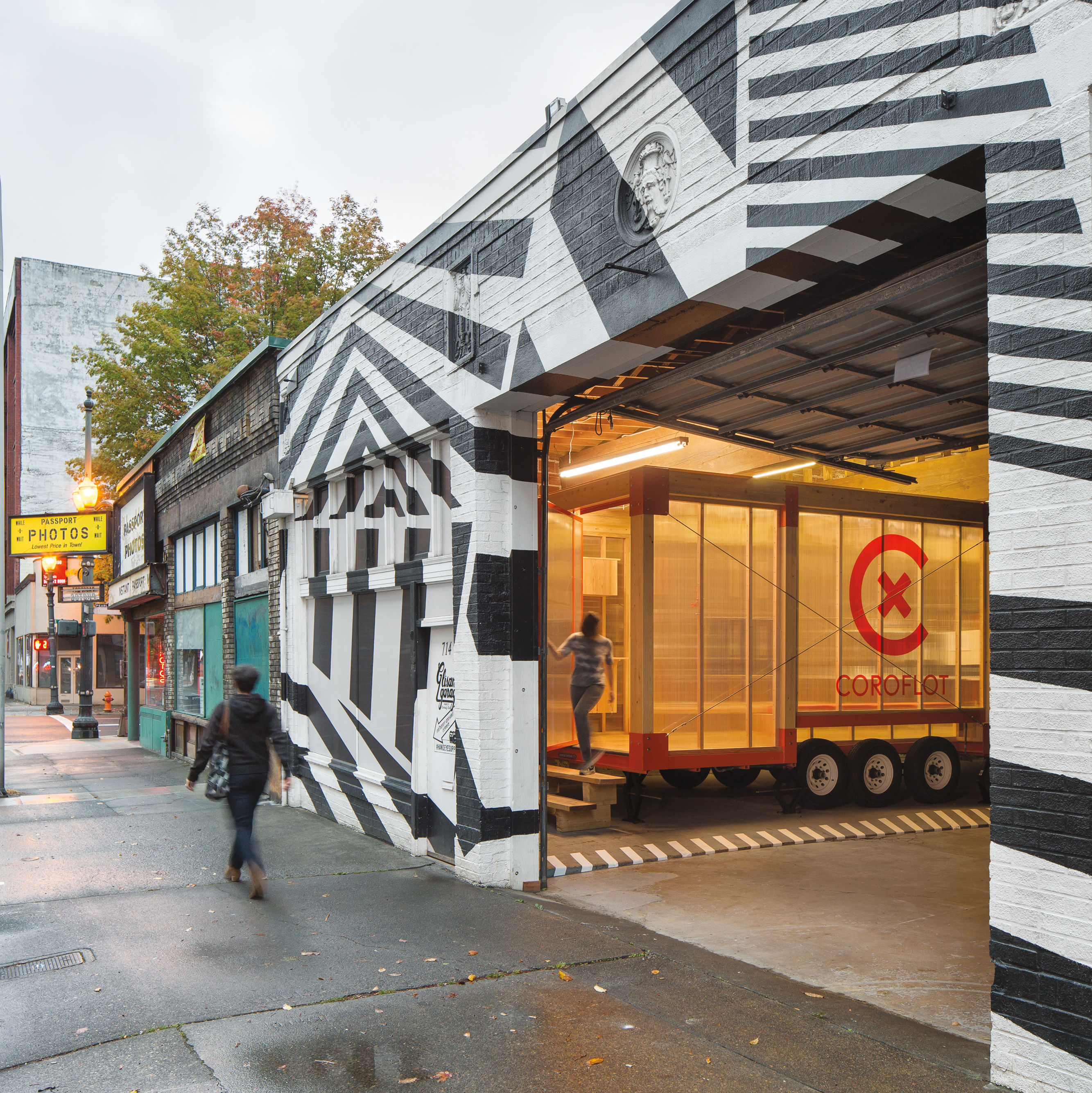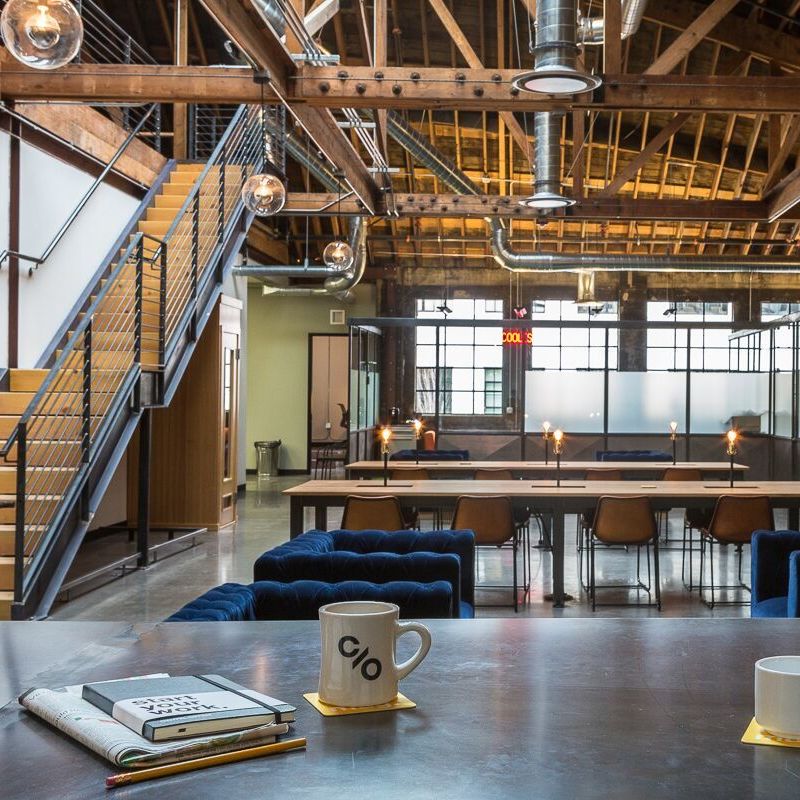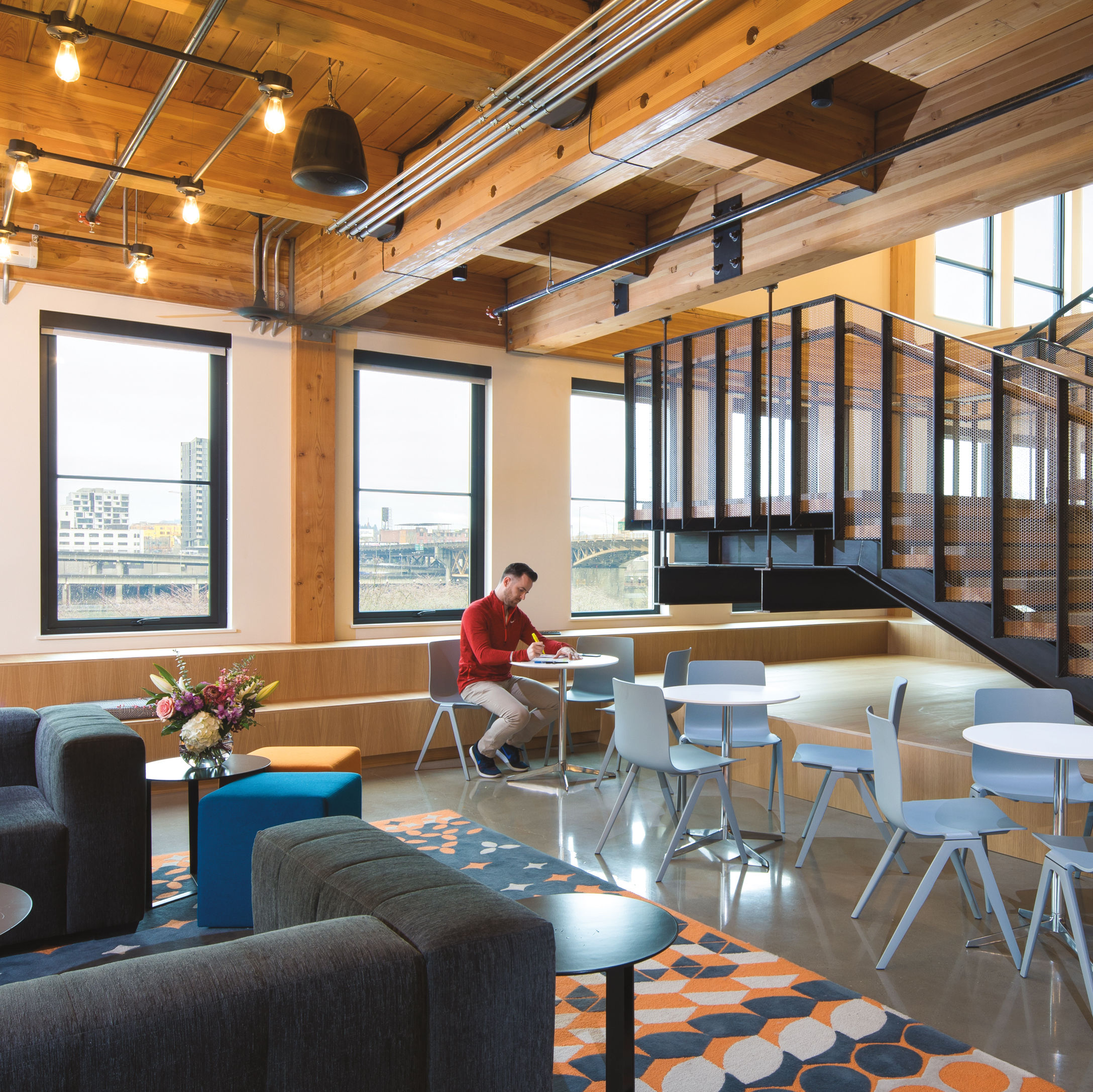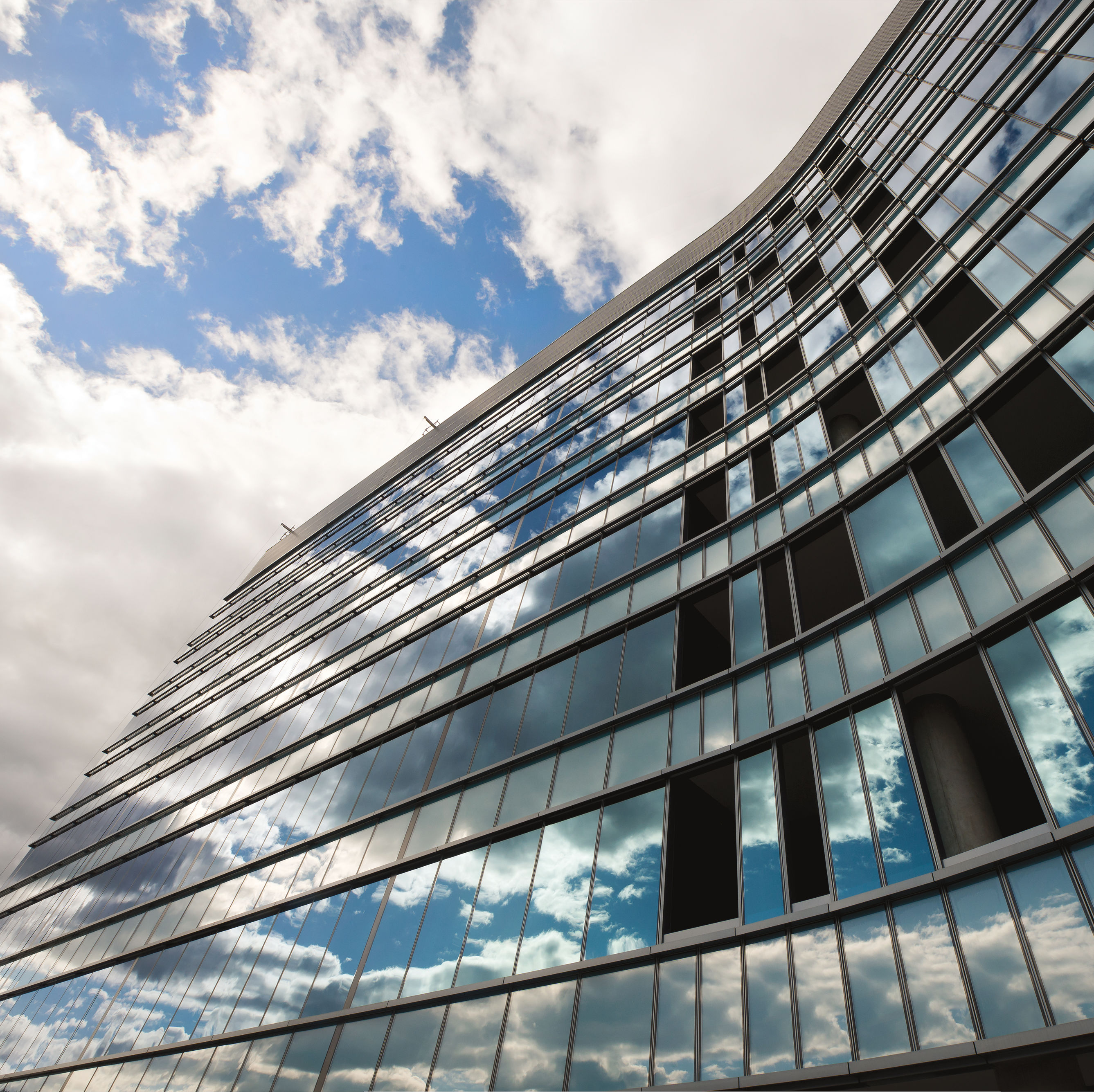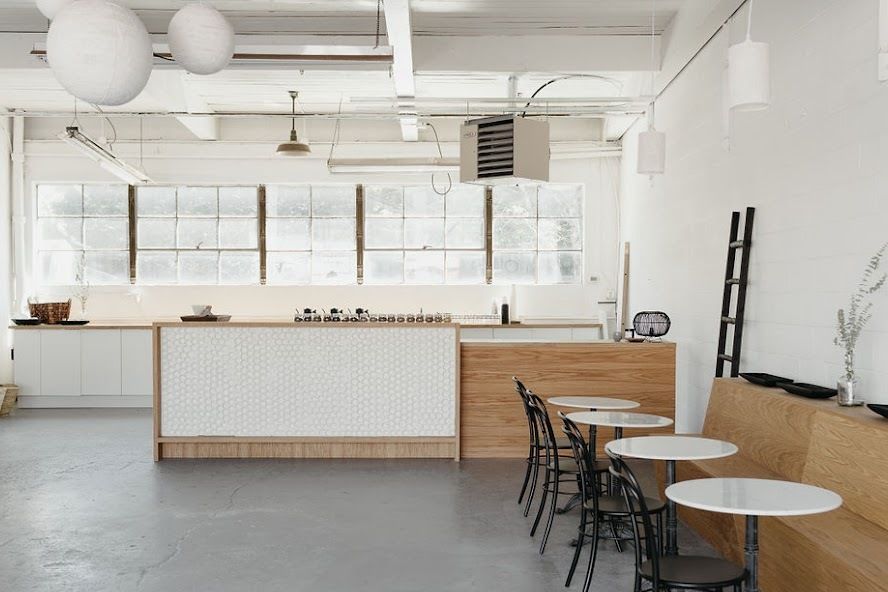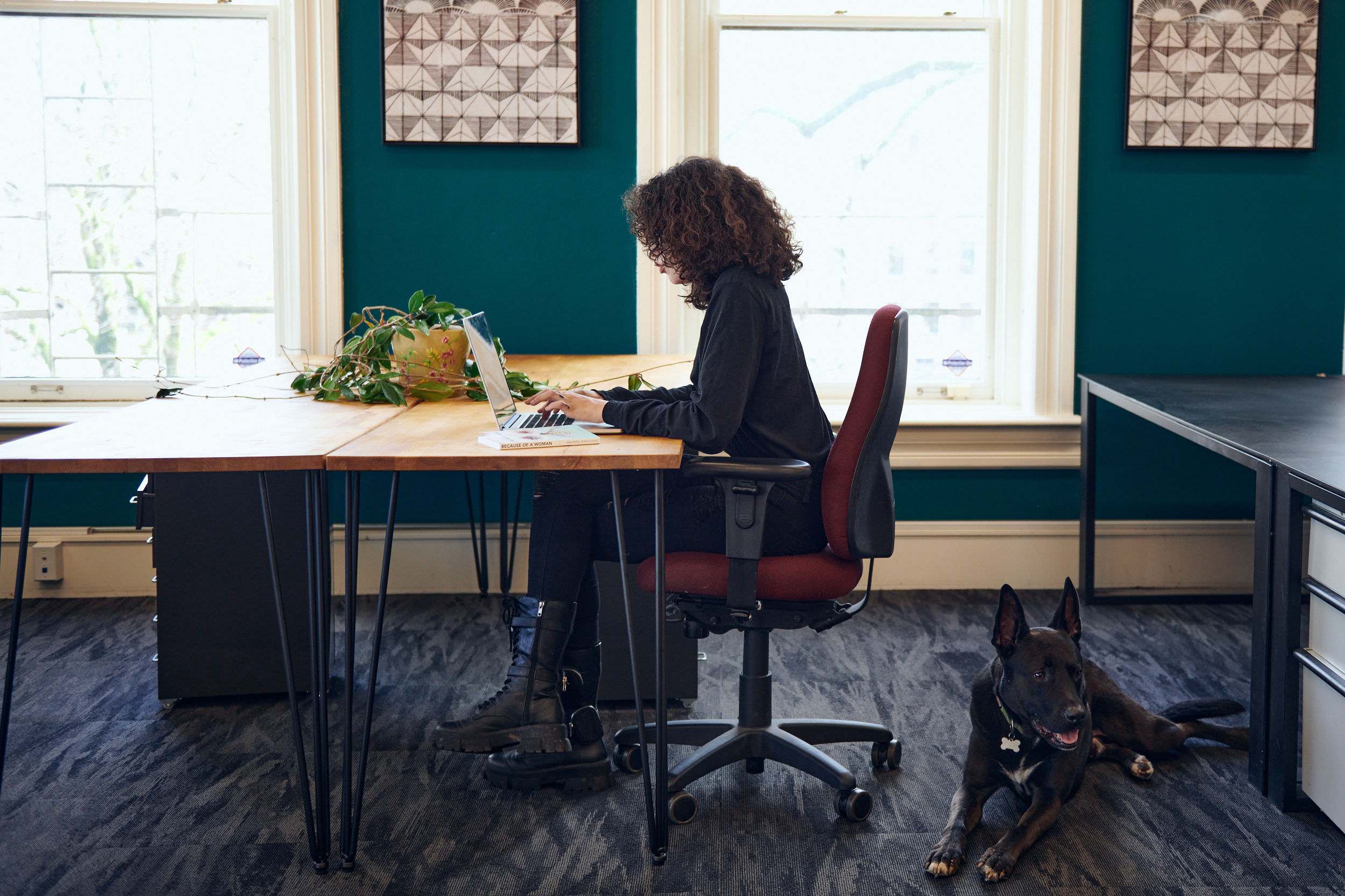Under Armour Moves Into Portland's Iconic YMCA
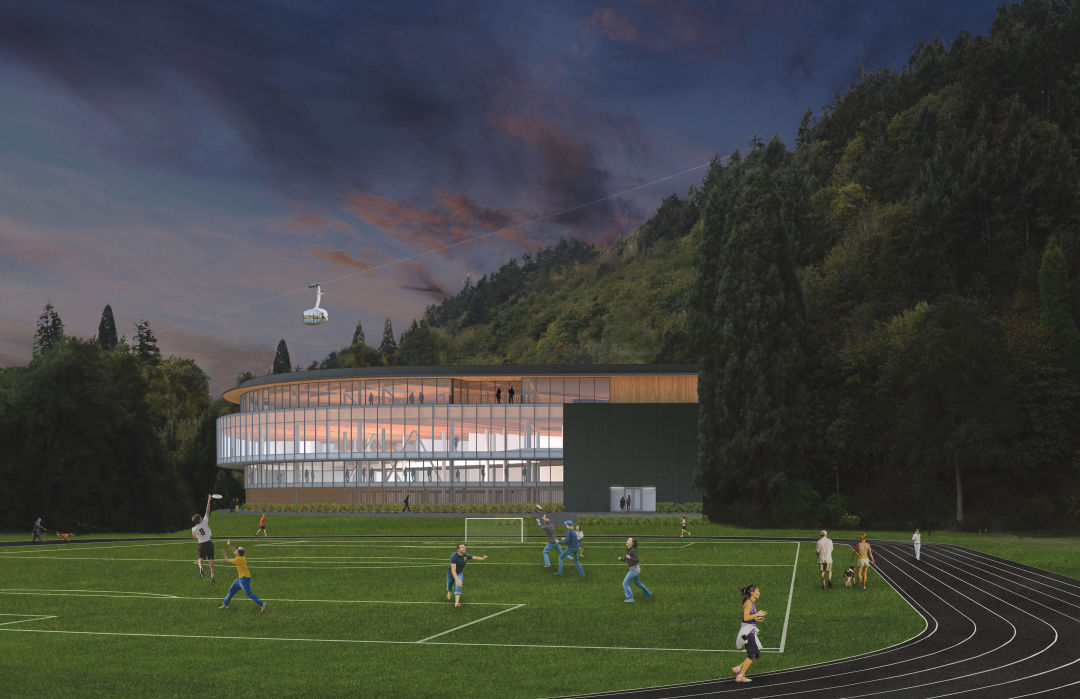
A rendering of Under Armour's new Portland office
Image: Courtesy Bora Architects
For 40 years, the radial, flying saucer–shaped YMCA has overlooked SW Barbur Boulevard just south of downtown. The building’s naturalistic design—dug, as it is, into the side of Marquam Hill and originally painted green to match the surroundings—made a splash when it opened 1977. The architecture firm Broome, Oringdulph, O’Toole, Rudolf & Associates (now Bora) won an AIA Portland Honor Award, and the gym was featured in Progressive Architecture Magazine in 1978.
“It was supposed to echo the shape of the hillside behind it,” says Bora’s Brad Demby. “Most people over the age of 50 who have lived in this town for a while have, at some point, worked out in that space. A lot of people have connection to it as a YMCA.”
But since 2013, the old gym has stood empty, idly looking out over Duniway Park’s disintegrating outdoor track and pickup soccer games on a soggy, bumpy field. Now, Bora is once again working on the space, bringing the iconic gym back to life as an office space for Baltimore-based Under Armour—enticed in 2015 to move many of its design jobs into the lion’s den of Portland’s hypercompetitive sports apparel industry.
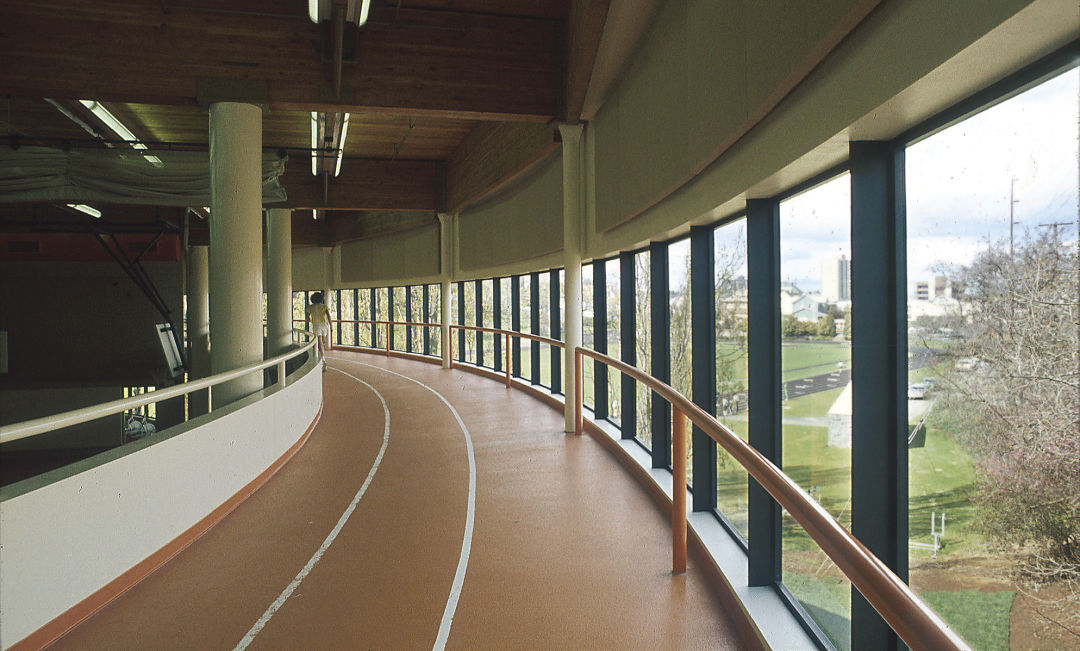
Under Armour has kept the old YMCA's running track.
Image: Courtesy Bora Architects
Bora gutted the locker rooms and saunas, and removed the pool, but kept the running track that loops around the interior suspended from the ceiling. They added an ecoroof, built supports for an eventual third floor, and replaced the single row of curved windows with a floor-to-ceiling curved glass wall—offering much, much more daylight. Meanwhile, Under Armour is refurbishing the track and field for public use, and plans to move in later this year. (Bora is doing only core and shell work; Lever Architecture will design the interiors.)
“Oddly, these kinds of buildings work well for how people want to work now,” says Demby, who joined Bora in 2010 and is lead designer on the renovation. “The old days of private offices ringing around the edge of the building, with bathrooms and break rooms in the middle—that’s disappearing. People want taller spaces, exposed structures, something that feels authentic.”
